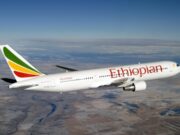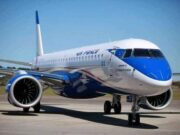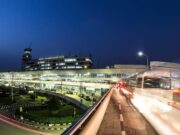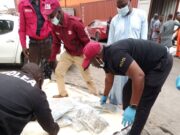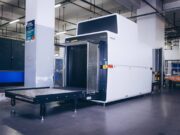An aging fleet of wide body aircraft in the Middle East and the need to refresh them will drive higher than average maintenance and engineering growth in the region, according to Boeing.
Boeing’s Services Market Outlook forecasts maintenance and engineering will comprise 4% of the $8.8 trillion worldwide commercial aviation services market over the next 20 years, compared to a 4.8% allotment for Middle East services specifically, Boeing Global Services CMO-commercial services Debra Santos said.
In the Middle East, Boeing projects a need for 2,990 new aircraft valued at $660 billion over the next 20 years to support fleet renewal and growth, bringing the fleet to 3,890 aircraft. The company forecasts that fleet will generate a total services market—including ground and cargo operations, maintenance and engineering, flight operations, marketing and planning, and corporate functions—of $745 billion by 2037. The MRO piece of that is $240 billion, or 4.8%, Santos said.
Widebody aircraft dominate today’s Middle East fleet, at 52%, but that will drop to 47% by 2037 because of the growth of low-cost carriers in the region, she said. That means single-aisle aircraft should comprise 52% of the fleet in 20 years, up from 45%.
The large Boeing 777 fleet could provide an opportunity for a converted freighter, which Santos said the company is studying. “We’re getting a lot of pressure” to offer a converted freighter but the company is still talking to customers to understand their requirements, so she could not comment on a potential launch timeline.
In 2018, Boeing produced 83 new production 747, 777 and 767 freighters and 43 converted 767-300s and 737-800s.
In addition to Boeing’s Aviall and Jeppesen facilities in Dubai, it has partnerships with Alsalam Aerospace Industries, Emirates Flight Training Academy and Saudi Rotorcraft Support in the region.
Emirates Flight Training is evaluating new digital tools, such as virtual reality, to make the classroom process more efficient, Santos said. Boeing projects the Middle East will need 63,000 new technicians, 60,000 pilots and 95,000 cabin crew—or 218,000 new personnel—to support the region’s growth over the next two decades.



